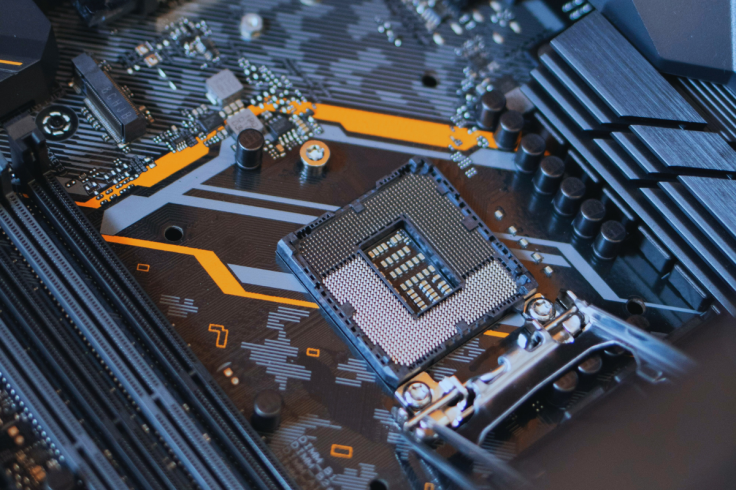Inside China's £274 Billion AI Gamble: Huawei's 910D Chip Ignites Fierce Rivalry With Nvidia
Announced on 27 April 2025, this move marks a bold step in China's quest to break free from U.S. tech dominance.

Huawei Technologies, China's tech titan, is making waves with its latest AI chip, the Ascend 910D, set to rival Nvidia's industry-leading H100 processor. Announced on 27 April 2025, this move marks a bold step in China's quest to break free from U.S. tech dominance, especially as Washington tightens export controls on advanced chips.
With Huawei poised to test the 910D and begin mass shipments of its 910C chip by May, the stakes are high. Can Huawei's silicon gamble reshape the global AI landscape and fuel China's technological ascent?
Unleash Huawei's Cutting-Edge AI Power
The Ascend 910D is Huawei's most ambitious AI processor yet, designed to outmuscle Nvidia's H100, a chip banned from China since 2022 due to U.S. sanctions. Huawei has tapped Chinese tech giants like Baidu to test the 910D's feasibility, with samples expected by late May 2025.
Meanwhile, the 910C, already in early shipments, is slated for mass production next month, filling the void left by Nvidia's restricted H20 chip, which now requires an export licence. Huawei claims the 910D could surpass the H100's performance, a feat that would disrupt Nvidia's 80% grip on the global AI chip market, according to The Wall Street Journal.
China's AI firms, scrambling for alternatives, see Huawei as a lifeline. The 910C's rollout has drawn interest from companies like ByteDance, with some calling it 'on par' with the H100.
This momentum, backed by China's £274 billion ($365 billion) chip fund, signals a strategic push to dominate AI hardware, especially as U.S. curbs limit access to Nvidia's B200 and other top-tier chips.
Defy U.S. Sanctions with Domestic Innovation
Washington's export bans, aimed at curbing China's military and tech advances, have inadvertently turbocharged Huawei's chip ambitions. Since Nvidia's H100 was barred in 2022, Huawei has fast-tracked its Ascend series, leveraging domestic manufacturing despite U.S. restrictions on firms like TSMC.
Analysts note that Nvidia's H20 curbs have made the 910C the 'hardware of choice' for Chinese AI developers, a trend likely to accelerate with the 910D. Huawei's ability to produce these chips domestically, possibly with Samsung's HBM memory, underscores China's growing self-reliance.
Huawei's progress isn't without hurdles. Years of catching up to Nvidia's software ecosystem, like CUDA, and production delays have slowed its ascent.
Yet, with Chinese firms testing the 910D and the 910C already shipping, Huawei is closing the gap, capitalising on a captive market desperate for high-performance chips.
Reshape the Global AI Chip Race
Huawei's chip push could redefine AI competition. If the 910D matches or exceeds the H100, it may capture significant market share in China, where AI investment hit £16 billion ($20 billion) in 2024.
Globally, it could challenge Nvidia's dominance, especially in regions wary of U.S. export controls. A Reuters report highlights Huawei's strategic timing, as Nvidia faces supply constraints and geopolitical pushback. Success here would bolster China's broader tech goals, from autonomous vehicles to smart cities, reducing reliance on Western tech.
Challenges remain—scaling production and matching Nvidia's software edge won't be easy. But with government backing and a sanctioned market to itself, Huawei is well-positioned to disrupt. As the 910D hits testing, the world watches to see if China can outchip the U.S. at its own game.
© Copyright IBTimes 2025. All rights reserved.





















